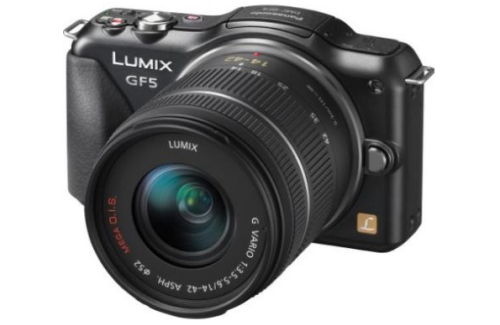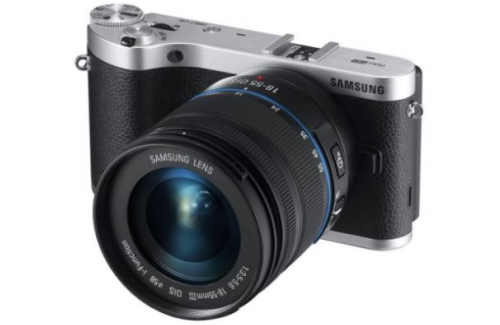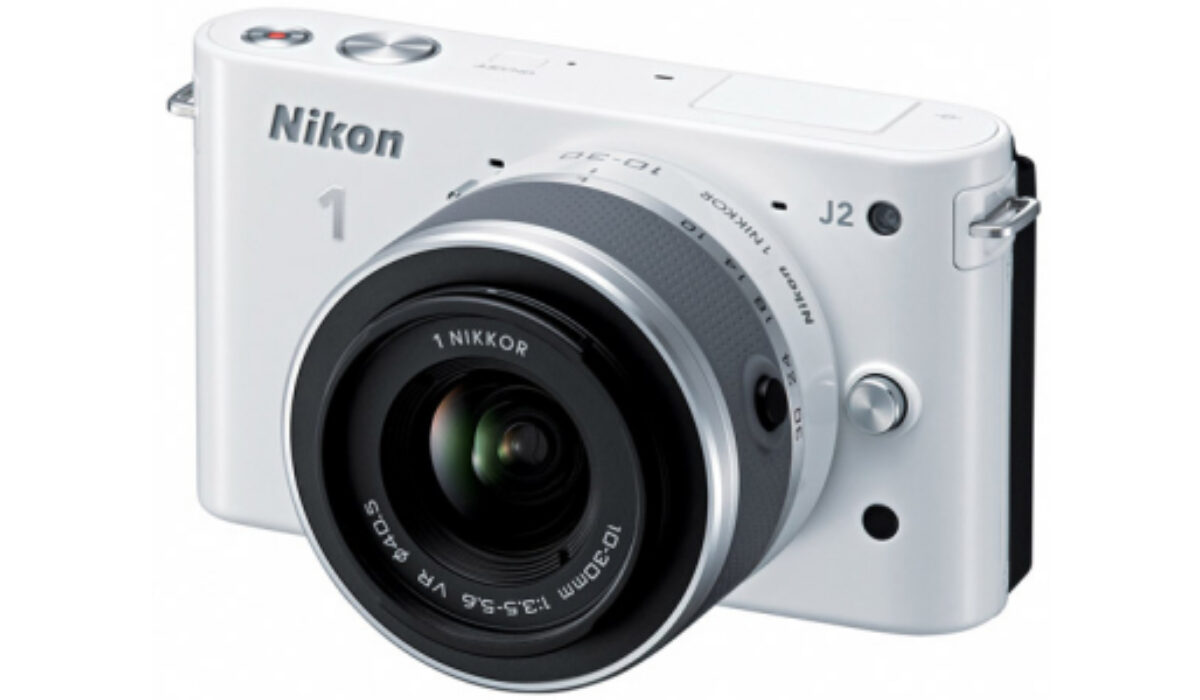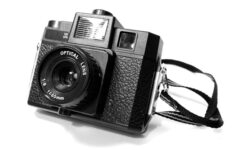In the professional camera scene, DLSR is unbeatable. The reasons why you should choose DLSRs are just too obvious to be ignored. Faster snapshots, better quality, what more could you ask for? But then another option came, a mirrorless interchangeable-lens camera or MILC. That may sound weird or a sacrilege for some but this camera does have some tricks under its sleeve.
As the name implies, MILC does not have mirrors to reflect back images from the viewer. So how does it relate to real world? This made it easier to make a more compact construction. This in turn made MILC “thinner” resulting to lesser space requirement than the usual choice. And although sensors fitted with these cameras do not support full-frame features, it can capture images with high levels of details.

Lesser moving parts would mean a more robust construction. This makes MILC better in terms of long term use and abuse. With that, more and more professionals and casual camera users prefer to use MILC than the bulky DLSRs. And of course, because it is less complicated to use, newbies can have very minimal learning curve.
Silent operation is also preferred by some folks. This is especially important in events where silence is a huge factor like weddings. This can attributed as MILC does not have to rotate mirrors to capture the images.

Often times, the reason people choose DLSR is for their strength. That is capturing better images. But then technology has been trying to close this gap. Better sensors, better lens and faster processing make up for the absence of some important details of an average DLSR.
Further, although there’s still enough advantages that a DLSR delivers over MILC, the gaps are slowly closing in. With technology and consumer preference changing with time, it is not impossible for Mirrorless camera to conquer the bigger stage.
Check out our list of best mirrorless camera




